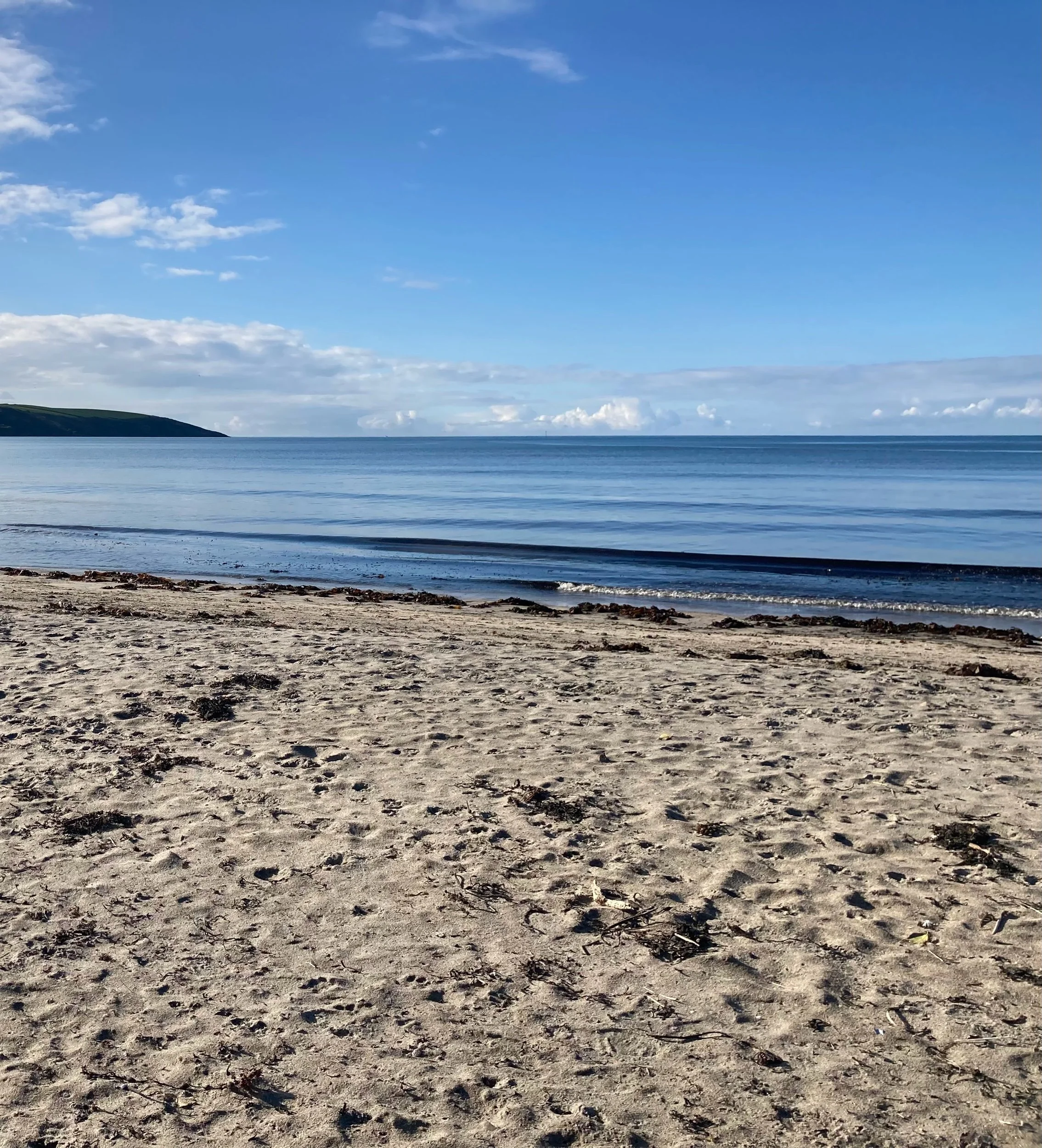When sunscreen meets plastic - A newly discovered threat to marine ecosystems
A chemical found in many sunscreens could be making plastic in our oceans even harder to break down, according to research from the University of Stirling, published in the Journal of Hazardous Materials.
The chemical Ethylhexyl Methoxycinnamate (EHMC) may be slowing the degradation of discarded plastic in the ocean and may be helping biofilm bacteria to thrive. Some sunscreens like oil are hydrophobic which means they do not dissolve in water and can accumulate on plastic surfaces remaining in the environment.
Scientists at the University of Stirling led by Dr Sabine Matallana-Surgent carried out the research which is the first to study co-pollution where plastics in the sea act as carriers for other chemical contaminants, including UV filters from sunscreen. Plastic waste in the ocean provides a surface where microbes can grow forming slimy layers called the plastisphere. As well as forming the plastisphere, plastics also absorb other pollutants including the sunscreens from our skin that are insoluble in water attaching to marine plastic surfaces.


